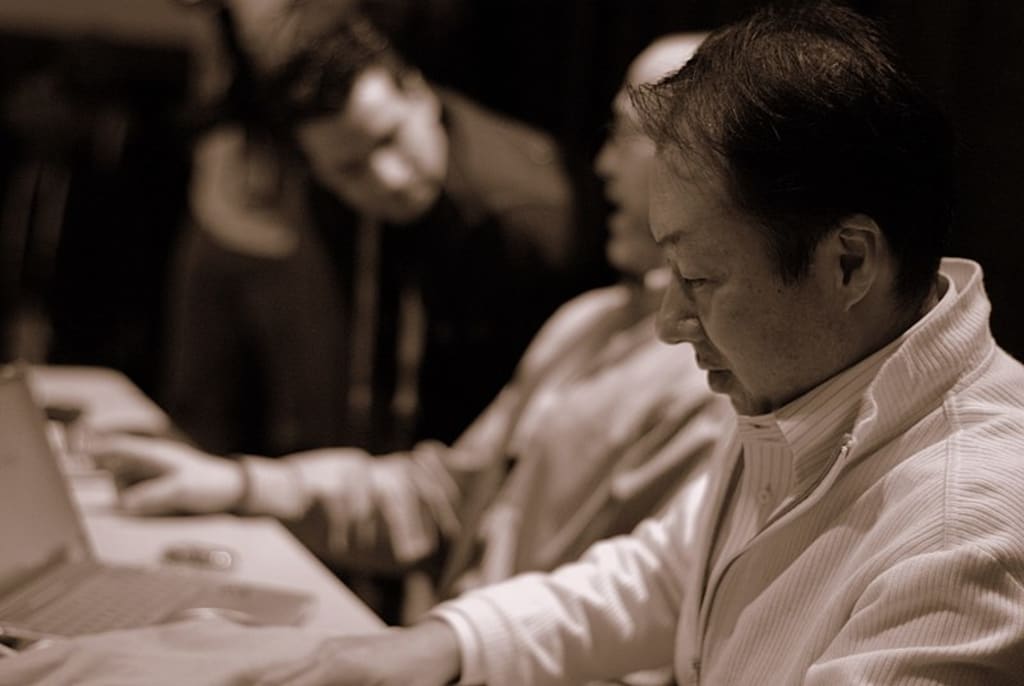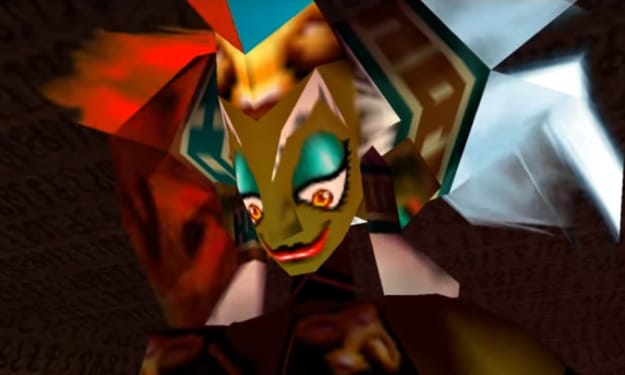Koji Kondo: One of the Most Influential Composers in Gaming
Learn about the person behind well known Nintendo music.

The Legend of Zelda, Super Mario Bros, Mario Spinoff Series, Star Fox, and more - Koji Kondo has been involved with Nintendo since Arcade Games. I’m a Zelda/Mario fan myself, but clearly he has influenced the way gaming does music beyond those games. This is an article all about him.
Early Life
Koji Kondo was born on August 13th, 1961 in Nagoya, Japan. As a child he began learning to play an electric organ. Later he took piano lessons, and eventually went to University. He attended the Osaka University of Arts, where he met his first acquaintance from Nintendo, Takashi Tezuka. He also began to take interest in Arcade Games like Space Invaders and Donkey Kong.
Music Influences
Kondo brings a rare diversity of genre and style into gaming music. Early on, he was influenced by artists like Deep Purple and Emerson, Lake, and Palmer. Later Sergei Rachmaninoff brought Kondo’s attention to the world of 20th century classical music. That, and the piece Bolero by Ravel, influenced his earlier style. In addition to being inspired by those artists Kondo made sure to introduce varying genres into his pieces. These include elements of Gregorian Chant, Hollywood Fantasy, Rustic Folk, and Medieval Troubadour. Rarely can these be found in one composer.
Nintendo
In 1982, Kondo was hired by Nintendo. This is both the first and last company he has ever worked for and the only one he has ever interviewed for. He was the third individual to be hired solely for sound and music, after Hirokazo Tanaka and Yukio Kaneoka. Later he was mentored by Kaneoka.
In 1985, Kondo designed the Super Mario Bros soundtrack, which included the most popular tunes we are familiar with now. In 1986, the first Legend of Zelda Game was released. Kondo composed every soundtrack for the Legend of Zelda series until after Ocarina of Time was released in 1998. Every soundtrack or theme in the Ocarina of Time was his music.
In 2000, Kondo moved into management. Now he is group manager of many Nintendo games and sound departments. He supervised the making of Legend of Zelda: Twilight Princess when it was written, trying to make it have as much of a dynamic rhythm as possible. He also made all of the sound effects for Star Fox n64, although none of the soundtracks.
Ideals
“All games contain unique rhythms in some form or another. These rhythms can be found in character movements, and also in the timing in which players press buttons. It is essential to grasp these rhythms, and use the ones that represent the most satisfying playing experience and create music based on them.” - Koji Kondo
Kondo often makes sure all soundtracks are up to his standards and replays them many times to make sure they never get boring before releasing them. He also values treating the developers working with him with kindness. He will only compose a piece after he has met with the other developers and designers first. Plus, he won’t start composing a game score until he has played the prototype.
Because Kondo’s life surrounds music, those high standards raise the bar for others in the industry. It is his vision that game music will compete with other music. His philosophy is that music is the most powerful thing for creating a games atmosphere - it will fuel the rise and fall of emotions of the player. He likes songs with a beautiful melody, because they will “leave a deeper impression and provide inspiration”. This is how he has left an imprint on so many of our hearts, and in our cell phones - the Mario Bros theme has become many people’s number one ringtone. We hum it to ourselves on walks or sing it with pep with our friends. Meanwhile the score of Legend of Zelda has unique themes that remind us of our childhoods. The lasting impression of Kondo’s compositions prove his commitment to helping the game stay in our memories for a long time.
Not only has Kondo been committed to making gaming music memorable, but he has deliberately made it so it won’t hinder the movement of the player. He has always imagined himself working behind the scenes, rather than on center stage in his music career. On several occasions Kondo has vetoed a music score that would make playing the game less fun for the player.
When Kondo realized that all music operates on an internal computer clock, he also learned that it is natural for music to interact with character motion. To add to a sense of adventure, Kondo has altered in motion mini-soundtracks. Examples of these are the changes in sound that kick in when you are doing something different while playing as Mario. Riding a Yoshi and hearing drums, music speeding up while you are running out of time to complete a task, and the change in sound when Mario swims underwater in Jolly Roger Bay n64 are each demonstrations of this technique. All of this is because Kondo didn’t want the player to feel obligated to play in time with the music.
Music Skills
I mentioned above that Kondo never wants the player to be hindered while playing. He also put very careful design into any soundtracks in Legend of Zelda that seemed kind of creepy, such as the Forest Temple. Did you know? Music has a progression - think about it. If you are running up Ganon's Tower in Ocarina of Time, Ganondorf's organ music consistently increases. Okay, so let's think about any creepy soundtrack Kondo composed. Sometimes Kondo abandons harmonic progression.
You feel like the music should go somewhere but it doesn’t progress to a resolution - it just plunks along. In Jabu Jabu’s belly, he writes the music sheet using cluster chords. The music is played at different rates so there is no resolution. Same with Forest Temple - he doesn’t use cluster cords here, but the underlying music score is inconsistent. The result? It’s unsettling and the player feels out of place. He also uses “fourths”, a note that is hard to describe here, but it just doesn’t sound right. This is because he times its placement properly, and because that note does not occur in nature. Whether intended or not, it has a good effect in Ganondorf's Theme.
Conclusion
Koji Kondo is still working - he collaborates with other professionals all the time. He’s worked with Asuka Ohta, Hajime Wakai, Toru Minegishi, Mahito Yokoto, and more throughout his career. This is obviously his passion so I anticipate he will continue adding value to gaming music for a while. I hope you liked this article - to read more, please feel free to visit my blog.
My Blog
Youtube Videos I Got This Info From:
"Koji Kondo: Did You Know Gaming?"
"How Koji Kondo Writes Creepy Music"
"Composer Profile: Koji Kondo"
About the Creator
Kate Nitzschke
Hey! I'm a gamer, who also works outside for a living, who also likes to write about personal growth. Thanks for visiting my blog.







Comments
There are no comments for this story
Be the first to respond and start the conversation.